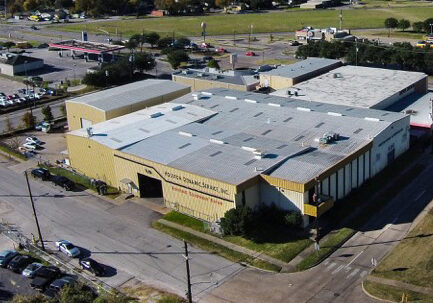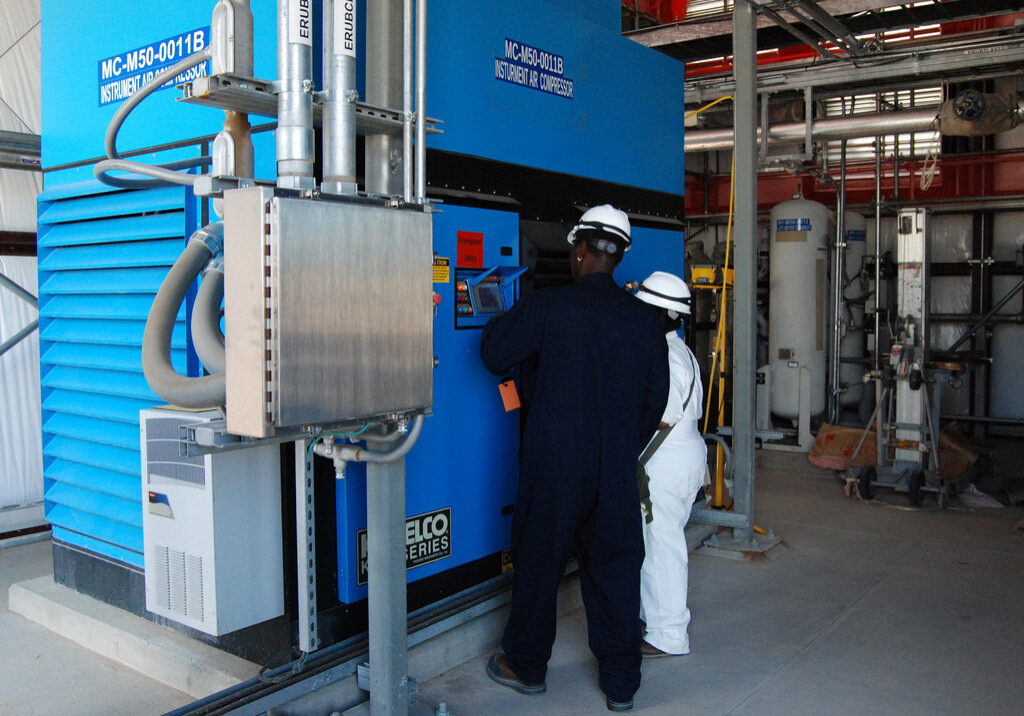Extending the Life of Rotating Equipment with Seal Strips

Unplanned downtime is one of the most costly challenges in turbomachinery operations. According to ARC Advisory Group, unplanned failures cost process industries an estimated $50 billion annually. Many of these failures stem from small components that wear out over time, eventually cascading into major equipment breakdowns. One of the most overlooked of these components is the seal strip. Though small in size, seal strips play a vital role in protecting compressors, turbines, and pumps from premature wear.
The Role of Seal Strips
Seal strips are stationary components installed in compressor and turbine casings to minimize leakage between high- and low-pressure zones. By reducing internal leakage, they preserve the designed pressure ratios, which is critical for maintaining efficiency. At the same time, seal strips protect expensive rotating components, such as rotors and impellers, from direct contact that can cause damage.
When seal strips are in good condition, they help equipment run closer to its original design point. When they wear down, however, leakage increases, pressure balance is disrupted, and rotating parts are exposed to damaging conditions. Over time, this accelerates wear and can result in rotor distortion, blade-tip rubbing, and eventually catastrophic failure.
Impact on Equipment Longevity
A single worn seal strip may not seem like much, but its effects ripple through the entire system. Poor sealing increases leakage and creates uneven temperature zones inside the machine. This imbalance puts added stress on rotors, blades, and other critical parts. Industry studies have shown that upgrading seal strips with tighter tolerances and advanced materials can extend mean time between failures (MTBF) by as much as 20–40% in demanding operating conditions.
A real-world case involved a Gulf Coast petrochemical plant where a cracked compressor rotor was traced back to excessive leakage caused by degraded seal strips. After Houston Dynamic installed precision-machined strips made from a more wear-resistant alloy, the machine operated reliably for two years beyond its previous service interval. The result was over $1.2 million in avoided downtime and repair costs.
The Houston Dynamic Advantage
At Houston Dynamic, our expertise lies not just in replacing seal strips but in engineering them for optimal performance. We provide custom machining to OEM specifications or reverse-engineer existing parts when drawings are not available. Our engineers match materials to the specific process media—whether corrosive, abrasive, or high-temperature—ensuring the best possible protection for your equipment. With precision inspection tools, we deliver seal strips with tight tolerances. These details make the difference between average performance and exceptional reliability.
Protecting the smallest parts can often safeguard the largest investments. By giving proper attention to seal strips, facilities can prevent costly failures, reduce downtime, and extend the life of their rotating equipment. Seal strips are more than just consumables—they are essential defense systems for your most valuable machinery.
Share this post:



